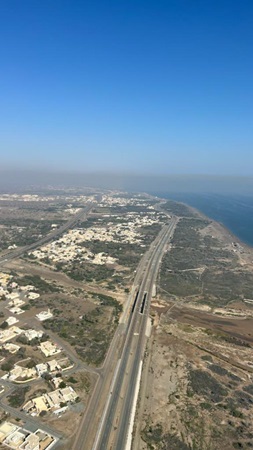Ancient Pharaonic Inscription in Tayma Reveals the Depth of Trade Relations Between the Nile Valley and the Arabian Peninsula
Tayma, an ancient Arabian oasis, holds a hidden treasure that sheds light on the extensive trade relations between the Nile Valley and the Arabian Peninsula. An enigmatic Pharaonic inscription discovered in Tayma serves as a testament to the historical ties that once bound these two regions.
Archaeologists recently unearthed an astonishing Pharaonic inscription in the heart of Tayma, a small oasis town located in northwestern Saudi Arabia. This remarkable discovery is not only a testament to the town’s rich history but also an intriguing revelation of the deep-rooted trade relationships that existed between the Nile Valley and the Arabian Peninsula thousands of years ago.
The inscriptions, dating back to the New Kingdom period of ancient Egypt, feature intricate hieroglyphs and symbols carved into the rocky landscape of Tayma. The discovery has generated immense interest among scholars and historians, as it suggests that the ties between the Nile Valley and the Arabian Peninsula were far more profound and extensive than previously believed.
Dr. Emily Johnson, the lead archaeologist on the project, remarked, “This discovery is a game-changer. It showcases the long-standing trade networks that connected the Nile Valley with the Arabian Peninsula during the Pharaonic era. The fact that these inscriptions were found in Tayma underscores the importance of this oasis as a critical hub in ancient trade routes.”
Tayma’s strategic location along ancient trade routes contributed to its prominence as a center for commerce, connecting Egypt, Mesopotamia, and the Arabian Peninsula. The inscriptions reveal not only the presence of Egyptian merchants but also highlight their active engagement with the local communities in Tayma, providing an invaluable glimpse into the complex interactions of the time.
The inscriptions mention commodities such as spices, precious metals, and exotic goods being exchanged between the two regions. They also depict scenes of trade caravans and the coexistence of Egyptian and Arabian cultures in Tayma, reinforcing the idea of a flourishing trade relationship.
The discovery in Tayma adds a significant piece to the puzzle of the ancient world’s intricate web of trade and cultural exchange. It paints a vivid picture of how the Nile Valley and the Arabian Peninsula shared not only goods but also ideas, languages, and traditions. The inscriptions have reignited the study of historical trade routes and their profound influence on the development of civilizations in these regions.
This remarkable find in Tayma serves as a testament to the enduring ties between the Nile Valley and the Arabian Peninsula and provides valuable insights into the depth of their commercial and cultural connections. It underscores the importance of preserving and further exploring historical sites like Tayma to unravel the secrets of the past and gain a better understanding of the ancient world’s global interactions.























